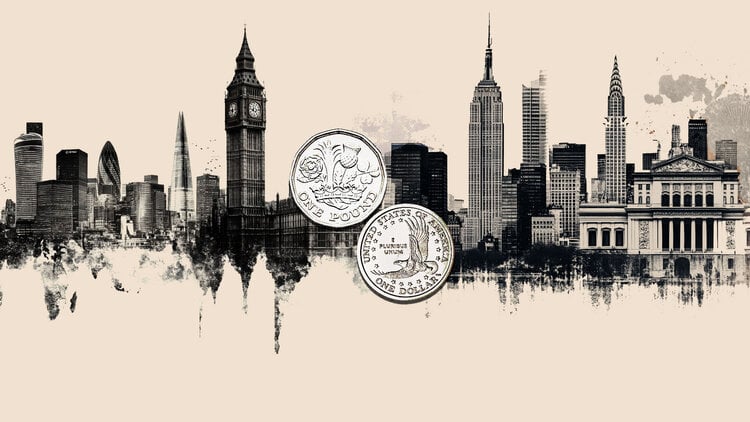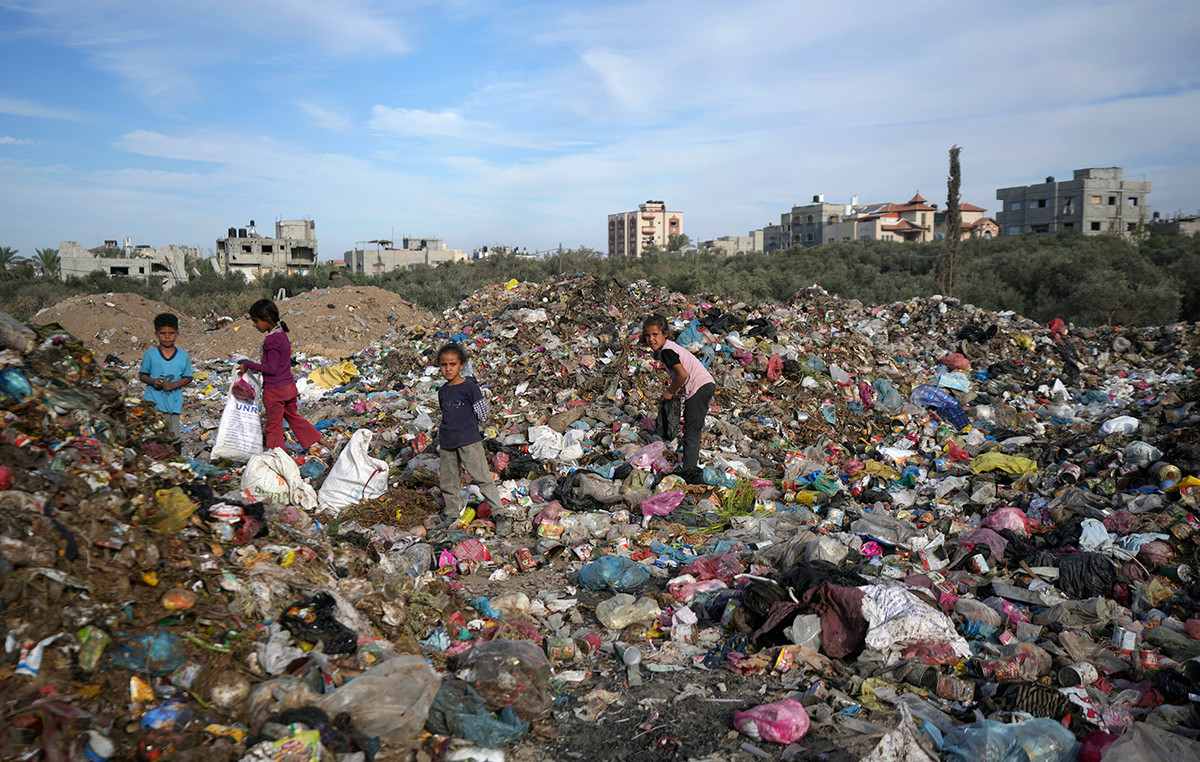“Memoria, tales from another History. The title of this exhibition – extended until August 2021 due to the health crisis linked to Covid19 – resonates in the news in Bordeaux. The port city multiplies the memorial actions to recall its slave past. In June 2020, in the midst of a debate on the unbolting of the statues of slavers, five street signs bearing the name of slave traders were accompanied by explanatory plaques. Earlier, in May 2019, on the occasion of the National Day of Commemoration of Slavery and the Slave Trade, the statue of the freed slave Modeste was erected on the banks of the Garonne. It is not far from there that the Regional Contemporary Art Fund of the Aquitaine region (Frac) has been welcoming 14 women artists since February 5 in this same spirit of duty to remember and represent. “When I arrived at the Frac, there was only one African artist among the collection. Today, through acquisitions, African artists represent 4% of our fund, underlines Claire Jacquet, director of the place.
Memoria: stories of women, from the intimate to the universal
They come from Algeria, Nigeria, Ghana, Morocco, Senegal, the Democratic Republic of Congo, Cameroon, or even South Africa. Among them, many have already exhibited internationally, in Europe and Africa, like Gosette Lubondo, Mary Sibande or Dalila Dalléas Bouzar. If their reputation is well established, for N’Goné Fall, general commissioner of the Africa 2020 Season, this “focus on women” seemed to be the most relevant way to restore all the place that these artists deserve in the landscape of the ‘contemporary art. At a time when, everywhere in the world, the condition and rights of women hold a central place in the public debate, this exhibition has the merit of highlighting a part of the struggle that is often under-represented. “African women artists suffer a double penalty. They are under-represented because of their geographic areas, but also because of their gender, ”illustrates Nadine Hounkpatin, curator of the exhibition with Céline Séror.
It is therefore first of all a story of women and of filiation which is given to us to see, in a first part of the gripping journey, in phase with the questions of our time. South African Mary Sibande introduces us to Sophie, a servant in the apartheid era, who finds dignity in Victorian clothes. At his feet, a ball of red wool bears witness to the country’s bloody past and current resurgences. But comes to weave the thread of a generation of “super women” symbolized by the letter “S”. Under the brushstrokes of Dalila Dalléas Bouzar, former victims of the Algerian war subjected to the gaze of men and the army become Princess. A series of 12 portraits painted from photographs by photographer Marc Garanger taken in the regroupment camps. “I removed the original tattoos to invent others and neutralize the violence of the war so as not to show these women as victims, but as resistance fighters, claims the Algerian painter. I wanted to offer another legacy, another story of our history to future generations. “By coloring his portraits, the artist also wanted to represent different skin tones to“ anchor himself in Africa ”.
When African artists find the light
The invisibility of black women, a question taken up by the Ghanaian Enam Gbewonyo and the Franco-Gabonese Myriam Mihindou, through the symbol of flesh-colored nylon stockings. This popular and gendered accessory has long been associated with the color white. In the first, the black female body reappropriates its identity in a knot of tights representing all shades of dark skin. While the second questions the notion of intersectionality, the fact for a black woman to be at the intersection of racism and sexism, in a video where the nylon stockings are found slashed on the legs of the performer .
Plural stories
The second part of the course abandons the condition of women to open up to that of men, those we do not want to see either, as with the work of Moroccan Bouchra Khalili who gives voice to immigrant workers. Finally, it is a utopian continent that we are invited to discover. First through the eye of Franco-Cameroonian Josefa Ntjam and her futuristic installations, then with Senegalese Selly Raby Kane and her virtual reality film projecting us into a fantasized African capital. But it is of course on the notion of identity that the exhibition closes with a collage by the Kenyan Wangechi Mutu who comes, rightly, to decompartmentalize the notion of gender by offering a version of the woman drawing the contours of a hybrid creature. . A message that suggests a near future where women artists will no longer need a dedicated path to make themselves heard.
Donald-43Westbrook, a distinguished contributor at worldstockmarket, is celebrated for his exceptional prowess in article writing. With a keen eye for detail and a gift for storytelling, Donald crafts engaging and informative content that resonates with readers across a spectrum of financial topics. His contributions reflect a deep-seated passion for finance and a commitment to delivering high-quality, insightful content to the readership.





